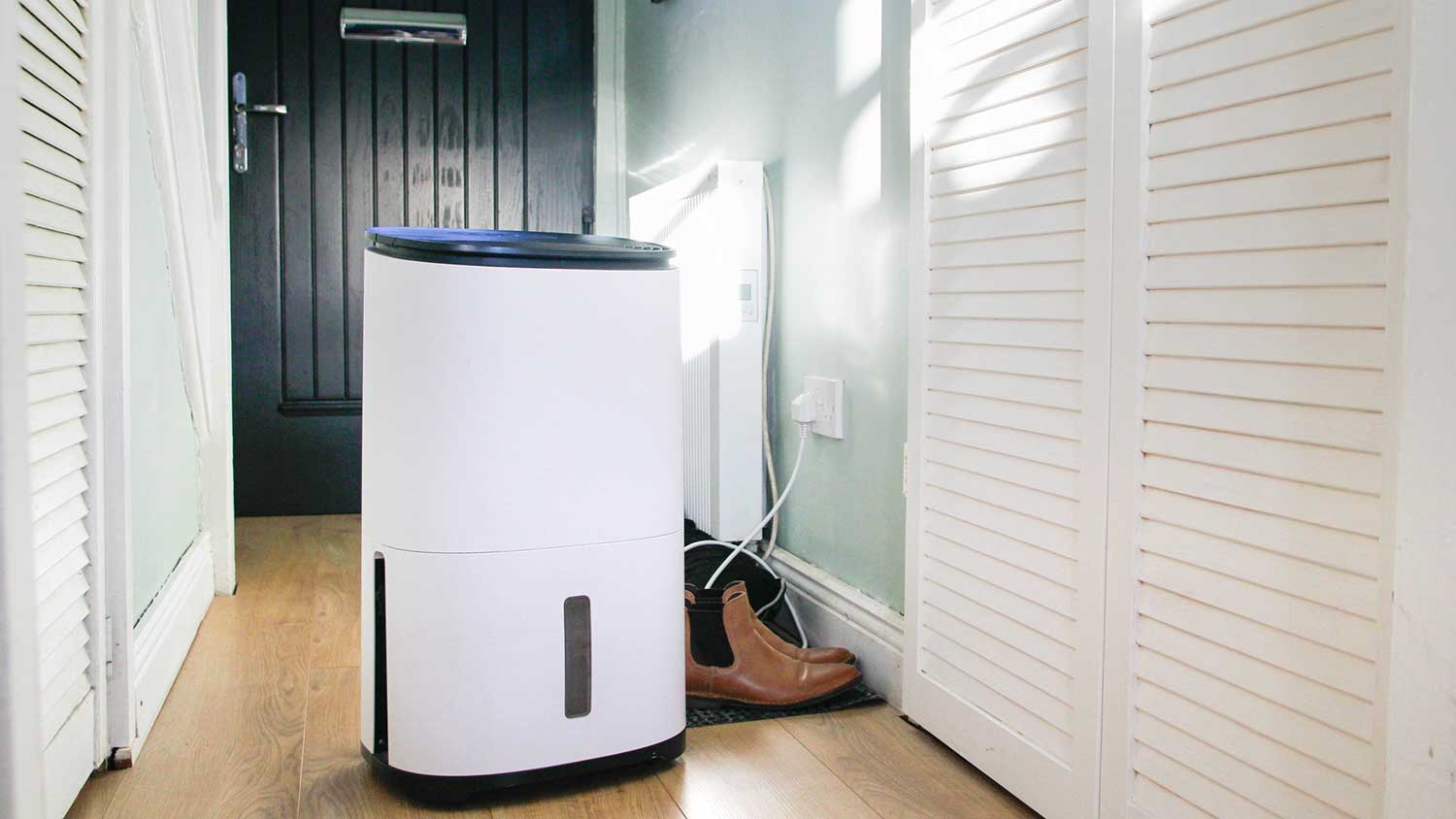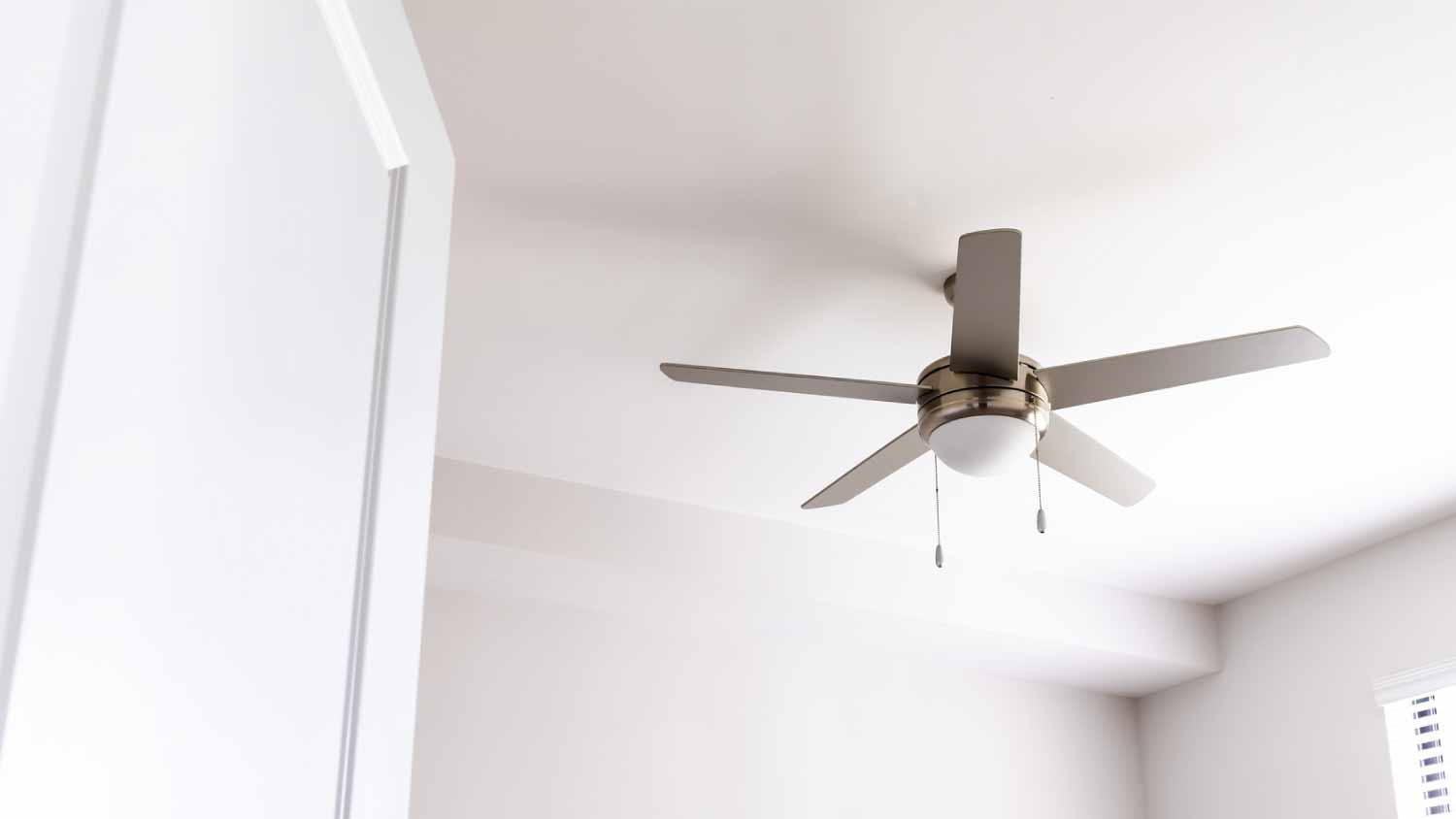Why You Should Check Your Home for Heating Oil Storage Tanks
Don’t let underground heating oil tanks leave you buried in debt
Heating oil was common from the 1930s until the early 1980s.
Leaky underground heating oil tanks can cause environmental and health problems.
Buried heating oil tanks can lower your home’s resale value.
Professional heating oil services can safely remove your underground heating oil tank.
Imagine being stuck with a clean-up bill higher than your yearly salary for something you didn’t even know was a problem. It sounds unlikely, but you may have the cause lurking in your yard. Abandoned heating oil tanks are hidden dangers that can bring high environmental, health, and financial costs if anything goes wrong. However, knowing what to look for can help you get ahead of any issues. Here’s how to know if you have a heating oil tank in your yard and what to do if you find one.
What Are Heating Oil Storage Tanks?
From the 1930s to around the 1980s, before the introduction of widespread natural gas lines, people heated their homes with furnaces that burned heating oil. Homeowners stored their heating oil in large tanks that were frequently buried in the yard to deter theft or vandalism. When heating oil lost its prominence, these tanks became obsolete, but they didn’t just disappear.
Many homes today still have unused heating oil tanks buried in their yards. These forgotten tanks can be the source of costly problems and cause environmental damage by leaking into the water table and contaminating both surface and groundwater.
How Do I Know if I Have a Heating Oil Tank in My Yard?
Even if the tank is buried, you don’t have to dig around like you’re hunting for treasure to find it. There are a few tell-tale signs that your home used oil for heat and that there may be a tank still buried near your house.
Copper Pipes
Take a look around your furnace. If you see capped off copper pipes, there’s a great chance your home used heating oil.
Fill Pipe
Heating oil tanks are generally buried close to the home’s foundation, so look in a 10-to-12-foot radius from your foundation for pipes sticking up from the ground. These pipes enabled heating oil suppliers to fill the tank. They could still stick up a few inches or could be flush with the ground and capped off.
Vent Pipe
Vent pipes provided fumes with an escape from inside the tank. These pipes are generally around 1 to 2 inches in diameter, stick up between 6 and 12 inches from the ground, and have a bell-shaped cap on top.
What to Do If You Find Evidence of a Buried Heating Oil Tank
If you find any signs that your home once used heating oil, there’s a chance the tank might still be in the yard. Some local heating oil companies specialize in oil tank discovery and remediation, so you won't have to go it alone.
Once you contact a local contractor, they will assess the property and locate the tank, usually with a metal detector. Once your contractor finds the tank, they will dig it up, remove any remaining oil and clean the tank thoroughly before removing it safely. The cost for heating oil tank removal varies but is usually between $1,000 and $2,000.
Do I Really Need to Have My Tank Removed?
It’s essential to have the tank inspected and removed or properly closed and sealed. If you choose not to have your tank removed, you may have problems down the road.
Over time, tanks can break down. If previous homeowners didn’t appropriately abandon them, oil can leach out into the soil and cause an ecological nightmare in your own backyard. Contaminated soil is dangerous for wildlife and humans, and oil can leach into the groundwater and surface water, causing problems for aquatic wildlife and farmers who use ponds for irrigation.
Unfortunately, cleaning up oil spills can cost over $100,000, and many times it’s not covered by homeowners’ insurance. You should replace tanks every 15 years. The cost of oil tank replacement is about $1,900 on average.
Some states, like New York and Michigan, have laws requiring the safe removal of out-of-use heating oil tanks, while others do not. If you aren’t sure if you should have your tank removed or leave it alone, be sure to check local and state ordinances to ensure you’re on the right side of the law.
Homes with oil tanks are more difficult to sell or have a lower resale value than similar homes without oil tanks. Also, many mortgage companies will not provide funding for home purchases if there is an abandoned heating oil tank on the property.
Insurance might not cover remediation if problems occur, leaving you with a hefty bill. There are special policies homeowners can purchase to cover oil tank leakage. These policies are usually available through heating oil dealers but might also be available through standard insurance companies.





- Furnace Repair
- Air Conditioning Repair
- HVAC Repairs
- Furnace Installation
- Wood & Pellet Stove Repair
- Dehumidifier & Humidifier Repair
- Heat Pump Companies
- Swamp Cooler Repair
- Wood Stove Services
- HVAC Companies
- Commercial A/C Repair
- Geothermal Installation
- Air Conditioning Installation
- Boiler Repair
- 24 Hour Furnace Repair
- Geothermal Repair
- Heat Pump Repair
- Humidifier Installation
- Thermostat Repair
- Thermostat Installation
- Nest Installation
- Heating & Cooling
- Heating Repair
- Furnace Cleaning
- Furnace Tune-Up
- HVAC Technicians
- Subcontractors
- Furnace Maintenance
- Plumbing & Heating Companies
- Wood Stove Inspection
- Mini Split Installation
- Wall Heater Repair
- Duct Installers










